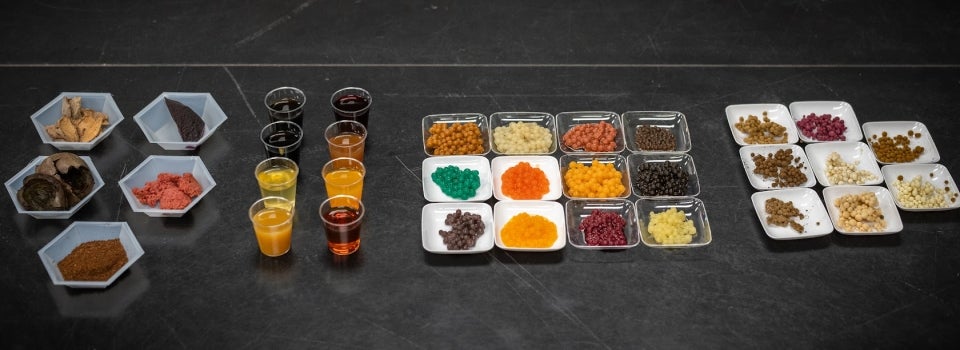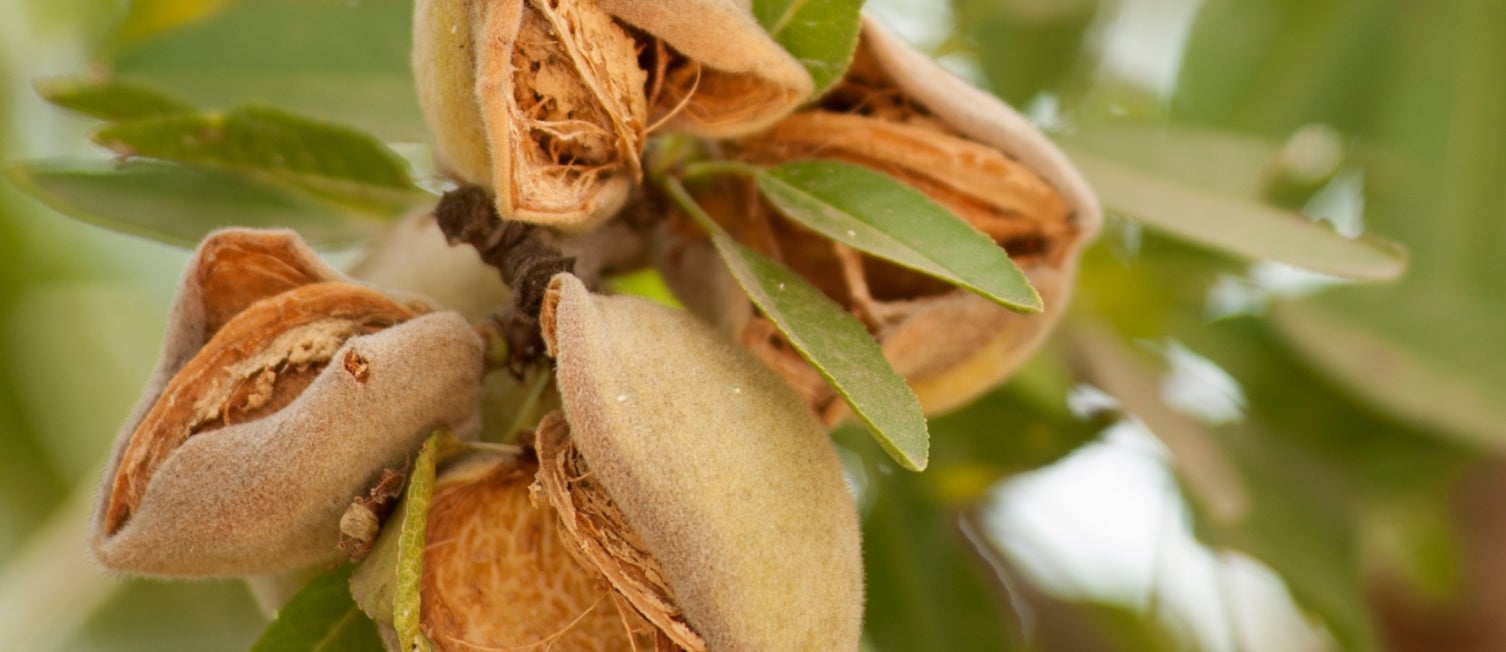
Resnick fund sparks ag innovation
How do UC Davis researchers grow an idea from seed to success?
Often, it’s through the generosity of donors who invest in innovation. Supporting new ideas can lead to accelerated results, sustained grant funding and ultimately some of the greatest discoveries of our time.
Thanks to a generous gift from Lynda and Stewart Resnick, co-owners of The Wonderful Company, researchers across the university are investigating new ways to use agricultural waste to benefit the climate and sustain the growing world population.
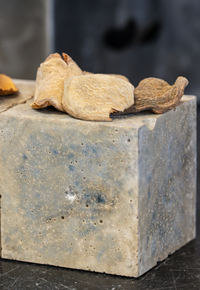
The exploratory projects are funded through a $50 million pledge made in 2022 by the Resnicks to create the Lynda and Stewart Resnick Center for Agricultural Innovation, with $10 million of that gift directed to annual competitive research grants.
The grants are awarded to UC Davis researchers seeking sustainable ways to use agricultural byproducts from California’s iconic specialty crops—pistachios, almonds, walnuts, grapes and pomegranates.
“These projects have the potential to lead to incredible, scalable innovations in a short period of time, and we are excited to see what can be accomplished,” said Helene Dillard, dean of the College of Agricultural and Environmental Sciences. “We anticipate transformational discoveries at UC Davis.”
The research fund is unique because project leads have the potential to apply for additional grants to advance an idea from proof of concept to implementation. For the first round, nine proposals were selected to receive more than $1.6 million in seed funding to develop sustainable solutions for the next generation of agriculture.
Shells to skyscrapers: Climate-friendly cement could alter construction industry
Can almond shells be used to create a climate-friendly cement? That’s what one team of researchers is exploring with hopes of chipping away at the concrete industry’s colossal carbon footprint.
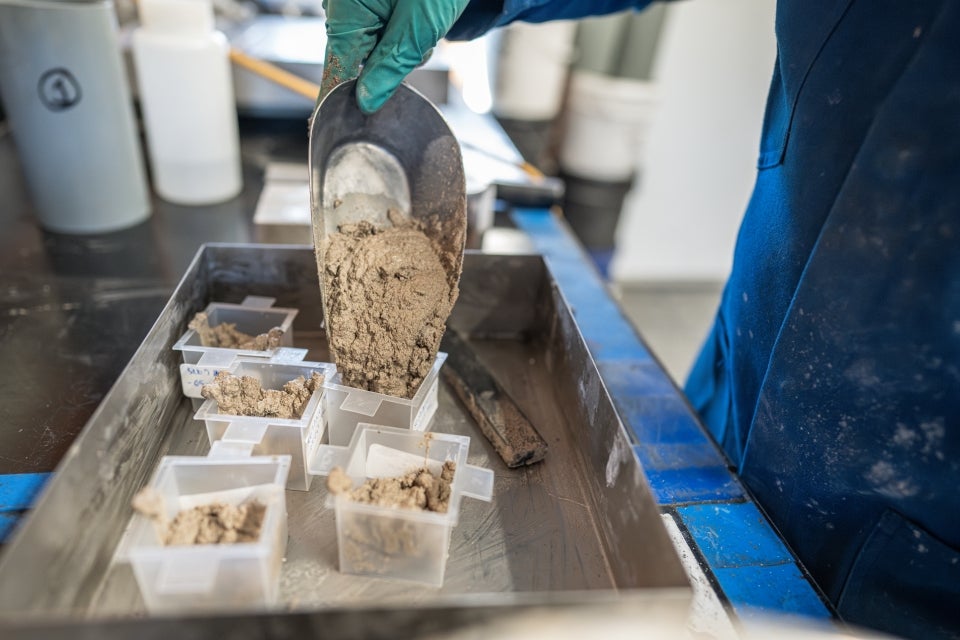
Concrete is the most widely used substance on earth after water and it is responsible for 8% of planet-warming carbon dioxide emissions.
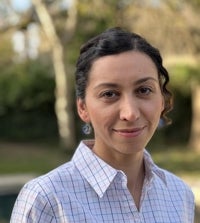
“We are keeping the scope limited for this first round of research, but there is a tremendous amount of potential if this turns out to be a viable concrete alternative,” said Associate Professor of Civil and Environmental Engineering Somayeh Nassiri, one of the project’s principal investigators.
To begin their project, Nassiri and a team of civil and environmental engineers will investigate repurposing discarded almond hulls to create a bio-ash that can be used in geopolymer concrete, an innovative and eco-friendly construction material, Nassiri explained.
The team will create different recipes with the materials, which will be formed into small mortar blocks. After the blocks are cured, their strength and durability will be tested.
For the past year, Nassiri has studied the use of biomass ashes—wood chips, rice straw and other organic waste—to create alternative building materials at the University of California Pavement Research Center (UCPRC). The UCPRC is a UC Berkeley-UC Davis research partnership sponsored by the California Department of Transportation (Caltrans) that is focused on improving pavement structures, materials and technologies.
“The concrete industry is getting a little shaken up right now,” Nassiri explained. “It’s starting to break down old barriers and become more sustainable.”
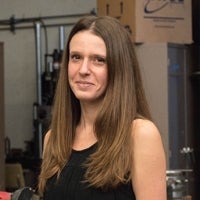
With California’s commitment to build a 100% clean energy grid and achieve carbon neutrality by 2045, the race is on to reduce greenhouse gas emissions and slash fossil fuel consumption.
“In an ideal world, more climate-friendly materials could be used to build roads, highways, structures and sewers. By re-engineering the materials we use in these applications, we can create substantial benefits to the environment,” said Sabbie Miller, associate professor of civil and environmental engineering and co-principal investigator for the project. Miller studies how to minimize environmental impacts caused by industrial materials production, use and disposal.
Fungi to fuel: Food waste leads to new, nutritious food products

Professor Ruihong Zhang has been studying how to create high-value products from agricultural waste for nearly 30 years, including her latest project: merging fungi with extracts from walnut and almond hulls to create nutrient-dense “myco-foods.”
“Even though the industry is treating them as waste, there are large quantities of agricultural byproducts that are clean,” Zhang said. “Why not turn them into food?”
Zhang and a team of biological and agricultural engineers developed this innovative process in her lab at UC Davis, where they are growing small balls of edible fungi that can be processed into products like boba and lab-grown caviar, with a wide range of textures, colors and flavors.
With the Resnick funding, Zhang hopes to test the process with pistachio shells. She will also work to develop prototypes of nutritious food products, including boba pearls for fresh consumption in drinks like bubble tea, as well as dried snacks and powdered supplements high in protein and fiber.
“We want to create healthy, on-the-go snacks,” she said. “The possibilities for this product are endless.”
Eating fungi is nothing new, as mushrooms are a staple of diets around the world, but the team believes this application has untapped potential. Myco-foods are rich in protein and can be cultivated anywhere using a fraction of the space required for traditional agriculture.
It takes about three to five days to grow the pearls in her lab, which is done by extracting sugars from the nut hulls and combining them with microscopic fungi spores that grow larger by eating the extracts.
Since agricultural byproducts often contain many of the same nutrients as the main food source, re-using them reduces waste while adding more value to the existing materials. Zhang pioneered the process, which she says is all-natural and safe.
“If we can take this process to a commercial scale, it’s going to have a huge impact on the planet,” she said.
Learn how 2023 Resnick grants are funding 7 additional teams of experts:
